Cardano: Ethereum and NEO Killer or Overpriced?
Cardano: Ethereum and NEO Killer or Overpriced?
As the first blockchain with peer reviewed tech, Cardano is an ambitious platform. Can it stack up to NEO and Ethereum?
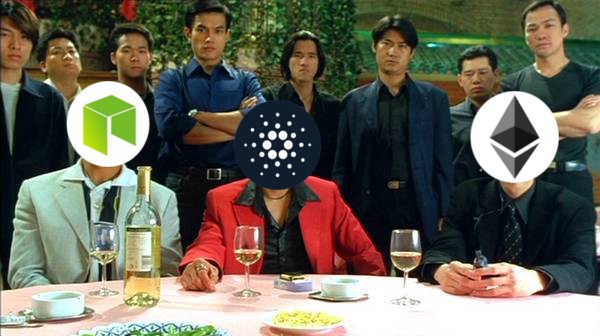
TOKEN: ADA
Cardano has been on the tip of everyone’s tongue since it’s enormous run up earlier this month. Even in the volatile world of cryptocurrency, Cardano’s 2000% increase over three weeks was extraordinary, and the community took notice. It now sits as the 6th largest cryptocurrency market cap at over $10 billion. Yet, before Cardano and its then $700 million market cap suddenly appeared on coinmarketcap.com, most had never heard of the project before. Its sudden appearance and enormous subsequent increase have left the blockchain community scratching their heads and scouring for information.
So like with any new kid on the block, we want to understand what Cardano is, what separates it from other blockchain platforms, and whether it can play centerfield for our neighborhood team…
This article examines Cardano both as a standalone platform, as well as in comparison to Ethereum and NEO. For an analysis of NEO versus Ethereum, you should read this. I understand that EOS and other third generation platforms are also relevant; I will research and write about those later on. Since I have already extensively covered NEO, I will dedicate this article primarily to providing an in-depth analysis of Cardano. I will also compare each unique component to those of NEO and Ethereum. I will quote directly from my past article on some aspects. Let’s begin…
What is Cardano?
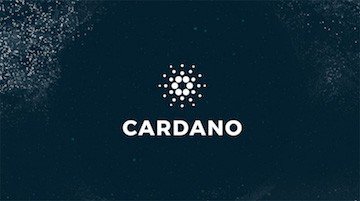
Cardano is the, no-crust on his sandwich, kid at school who uses words like “peer-reviewed” and reads “academic journals.” He occasionally gets shoved into his locker and has never been good at sports; but 10 years later he’s driving around a Ferrari and you realized you never should have judged him in the first place.
Cardano, put simply, is a blockchain platform that provides a programmable blockchain and smart contracts for dApp development. But the industry is ripe with strong competition: Ethereum has first mover advantage and a large user base, NEO focuses on a smart economy, ARK has smart bridges and blockchain interoperability; so what makes Cardano special and why can it be a competitive player in the field?
Cardano’s One Liner: Cardano is the industry’s first platform that utilizes academically peer-reviewed open source code.

Definitely don’t want bugs in the code for this airplane’s protocol…
Translation? It means that the Cardano project boasts a network of global researchers and scientists that have contributed to and developed an advanced blockchain protocol. All of Cardano’s protocol technology goes through an extensive peer review process, similar to the process that airplane code might go through. Their conclusion is that code that supports a global economy should have the same rigorous scrutiny as code on which lives depend.
Cardano is known as a 3rd generation blockchain. Bitcoin was the 1st generation. Ethereum was the 2nd. Ethereum led the pack, but because its technology was fundamentally new, the technology was rudimentary. Now, Ethereum must rely on its governance system to upgrade and scale. 3rd generation blockchains, like Cardano, have the advantage of hindsight. They can identify the drawbacks and constraints of previous projects and develop accordingly. This is precisely the path that Cardano took. The project emerged in 2014, not with a whitepaper, but rather with collective research and collaboration, focused on identifying the limitations of present blockchains. They then proceeded to code from the ground up, attempting to address each of those limitations. Each building block was submitted to conferences and experts for review before being added to the larger building.
This peer reviewed process is incredibly important, especially considering that poor coding and development can lead to catastrophic results (think Parity and DAO hacks). How many developers are there in the world who can effectively code a blockchain project? How many developers can code quality projects in an entirely new industry, on entirely new technology? I think that number is certainly less than the 1380 cryptocurrencies posted on coinmarketcap.com. So much focus has been directed towards scam projects; I think a more important focus should be placed on legitimate projects that are just done poorly. Far more people will lose money in this industry to teams and developers who just weren’t very good than to criminal money grabs. So the question must be asked: how do we know a project is good? How do we know the code is kosher? One way, as Ethereum has done and NEO is doing, is through the bumpy, trial and error road of adoption. Cardano’s method of peer review is another.
With this philosophy of methodical and peer reviewed development, Cardano is working towards addressing the problems of 2nd generation blockchains.
More Than Just Cardano
Before we get into what limitations Cardano addresses and what makes the project unique, we should understand who is behind Cardano.

The project is supported by three entities, all serving different purposes within the ecosystem.
The Cardano Foundation
Cardano is supported by a nonprofit company, known as the Cardano Foundation. The foundation serves several purposes, both to Cardano and to the blockchain community as a whole. They work towards promoting Cardano to the greater community, educating about cryptocurrency, and working with governments around regulation. An organization like this is important for the adoption of a blockchain platform; the foundation provides a standard body that can facilitate cooperation and adoption with enterprises and businesses. The Enterprise Ethereum Alliance serves a similar purpose for Ethereum. OnChain, a partner of NEO, while not a nonprofit, also serves to connect public blockchains with governments and businesses. Since blockchain platforms such as NEO, Ethereum, and Cardano are decentralized, these organizations provide a centralized body for businesses to work with. Like the publishing agency for the platform.
To note too, the Cardano Foundation hosts a variety of digestible resources about Cardano. From overviews of the project and the technology to blog updates detailing exactly how the team operates, their exact working schedule, and their release timeline. I have honestly never seen such transparency.
Input Output Hong Kong (IOHK)
IOHK is an engineering company that develops blockchain solutions for academic institutions, corporations, and governments. The company is led by Charles Hoskinson and Jeremy Wood, former CEO and Executive Assistant of Ethereum respectively. IOHK supports Cardano and boasts an extensive research team — 17 accredited individuals. This team has been responsible for the development of Cardano’s technology and digital wallet. IOHK also supports several other blockchain projects, including Ethereum Classic. For the tech minded, the website features all of their peer-reviewed papers.
Also, I recommend you go to the website just to play around with the colorful interface.
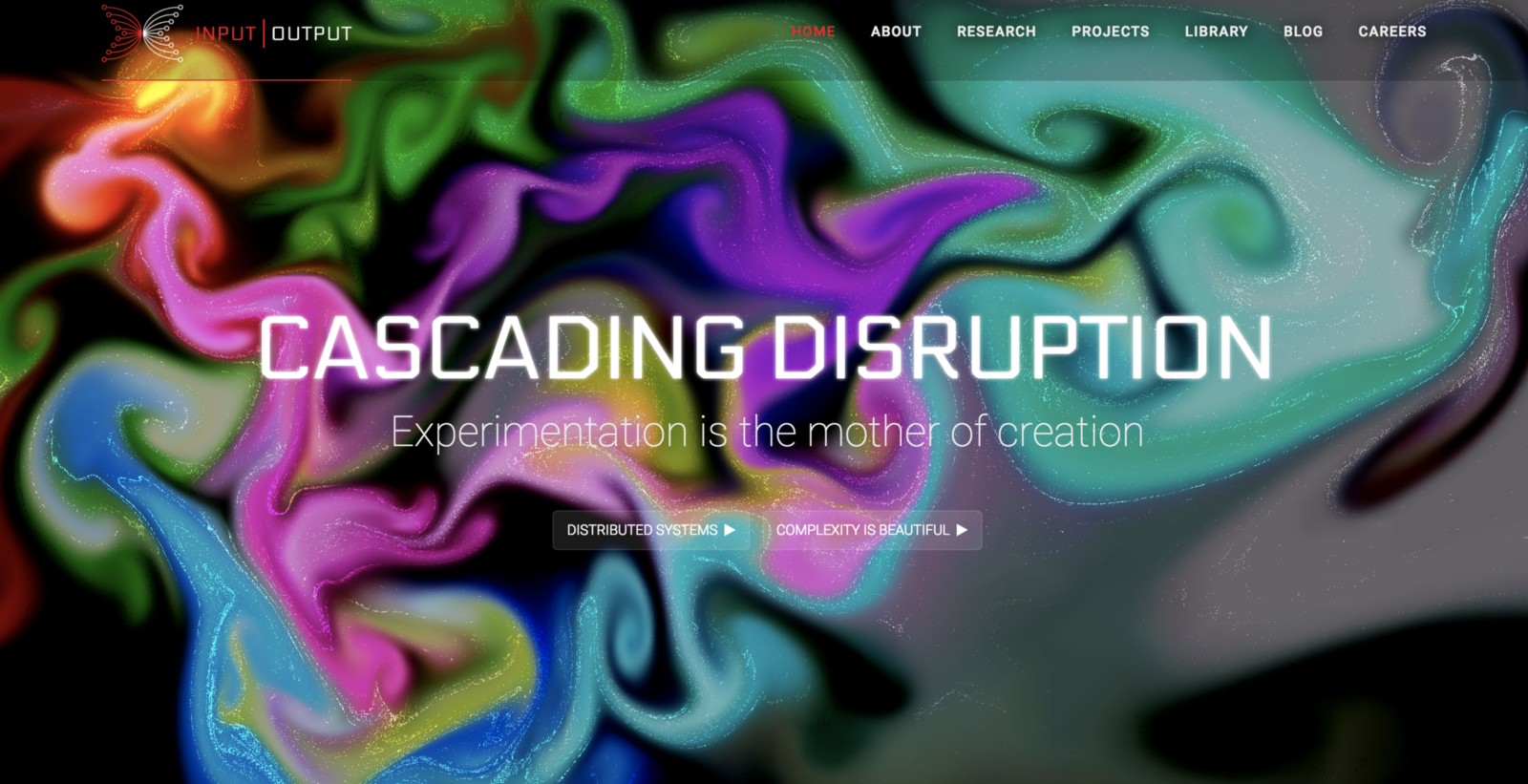
Emurgo
Emurgo, a Japanese based company, both assists established businesses with integrating blockchain technology, as well as invests in startup ventures. Emurgo’s connects businesses to the Cardano blockchain.
This delegation of tasks between IOHK, the Cardano Foundation, and Emurgo is interesting. I am supportive of the concept. I can understand how dividing the development and engineering from the marketing and networking might allow for a more efficient system. Each organization serves a different purpose within the ecosystem.
TLDR: Cardano is supported by three organizations. The Cardano Foundation supports the platform by promoting Cardano to the greater community, educating about cryptocurrency, and working with regulation. IOHK is the engineering and development organization behind the Cardano technology. Emurgo works towards integrating the platform with businesses.
What Makes Cardano Special?
As Calvin Harris says, “this is what you came for.”
A platform can have the flashiest website, the most robust development team, and the largest collection of “peer reviewed” papers, but if it’s not accomplishing something new — something revolutionary — then it will die. For in this space, competition is stiff, and everyone is competing against Ethereum, the king of dApps.
Cardano is ambitious, but largely undeveloped. I will explore future features that Cardano will implement, but for now, it’s most important to focus on the foundation. The features and protocols that form the basis for Cardano’s future.
Listed in the order I explore them, I believe the unique aspects of Cardano are: layered technology, proof of stake protocol, coding language, wallet, governance model, and treasury.

Cardano technology is layered like this delicious cake
Layered Technology
With value transfers, there are two sets of information. There is the simple, from, to whom, when, and how much — this is the only information Bitcoin can support. However, as we are aware, in our real world, value transfers are never this simple. Associated with each transaction we can also ask: what are the terms and conditions of the transfer, why was the money transferred, and what were the involved entities? This is known as metadata.
Ethereum, the 2nd generation blockchain, enabled the integration of all of this information. They call the connection between the actual value transfer and the associated metadata smart contracts. Programmable contracts. However, with Ethereum, because there is no separation between accounting and computing, this information is stored together, with no consideration given as to whether the metadata always needs to be included. This is problematic. The more data that is included with each transaction, the more gas it costs, the more difficult it is for the blockchain to store that information, and the more cumbersome it is for nodes to store the history of the blockchain.
Thus, Cardano separates the transfer and the why. They accomplish this by separating the platform into two distinct layers:
The Cardano Settlement Layer (CSL): This layer is responsible for the token economics and the balances of all user accounts. Cardano’s native currency, ADA, is transacted over this layer. In layman terms, this just means that all code relating to accounts and the ADA token exist on this layer.
The Cardano Control Layer (CCL): All the smart contract functions exist on this layer. In addition, regulatory elements like digital identity can be supported by this layer.

The CCL is the control tower of Cardano
The CSL only maintains the actual transaction information — for example: 3 ADA from Wallet A to Wallet B. By including only the simplified transaction information, the CSL can be like a standardized transacting protocol. Most, if not all possible transactions, are preprogrammed. Flexibility and customizability, while useful, can create security holes. However, with simple transactions, Cardano can anticipate and fix those holes from the beginning.
However, Cardano still will support smart contracts. These are controlled from the CCL. The CCL allows for all the advanced programmable features of smart contracts. The why of transactions. The conditions and terms.
The advantage of separating this layer from the CSL is two fold. First, it allows for the protection of transaction privacy because transactions can be conducted without the additional metadata Ethereum or NEO requires. Second, it allows for more focused scaling updates — for example, the updates might only impact the computational layer without endangering user balances or the transactional ability of the network.
The best way I understand this is that there are advantages to being a cryptocurrency and there are advantages to being a platform. Cryptocurrencies protocols are simple and efficient. Platform protocols are robust and flexible. Bitcoin and Litecoin are cryptocurrencies. Ethereum and Neo are platforms first and currencies second. Cardano is both. It is the best of both worlds.
TLDR: Cardano splits its protocol into two layers. One layer is focused on transactions and accounts and the other layer is the computational layer for smart contracts. This allows for easier upgrades and enhanced flexibility.
Proof of Stake Protocol
If you don’t understand Proof of Stake (PoS), I recommend you read the explanation in my NEO article. It highlights the differences between PoS and what Ethereum uses: Proof of Work (PoW). Essentially, PoW uses computing power to determine who confirms the blocks on the blockchain and divvies up rewards according to how much computing power you contribute. With PoS, blocks are confirmed according to who holds the most tokens.
In PoW, if you operate 5% of the total computing power of the network, you can expect to get 5% of the block rewards. In PoS, if you own 5% of tokens, you can also expect to receive 5% of block rewards.
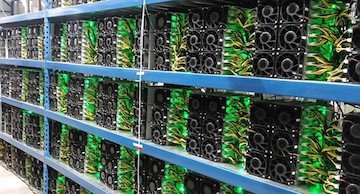
You don’t need all this equipment for PoS
Cardano, like NEO, uses a Proof of Stake protocol. It is called Ouroboros. It is said to be the only PoS protocol with mathematically proven security. Recognize that, as with all of Cardano’s technology, Ouroboros has been extensively peer-reviewed. Ouroboros specifically was developed with the help of the University of Edinburgh, University of Connecticut, IOHK, and the Tokyo Institute of Technology.
As with NEO and Ark, Cardano uses a variation of the PoS protocol similar to Delegated Proof of Stake (dPoS). For reference, NEO refers to this as dBFT (delegated Byzantine Fault Tolerance). dPoS permits stake holders to “vote and elect” representatives, known as consensus nodes, who do the block confirmations for them. The block rewards are given to the consensus nodes who then provide a payout to the token holders who voted for them.
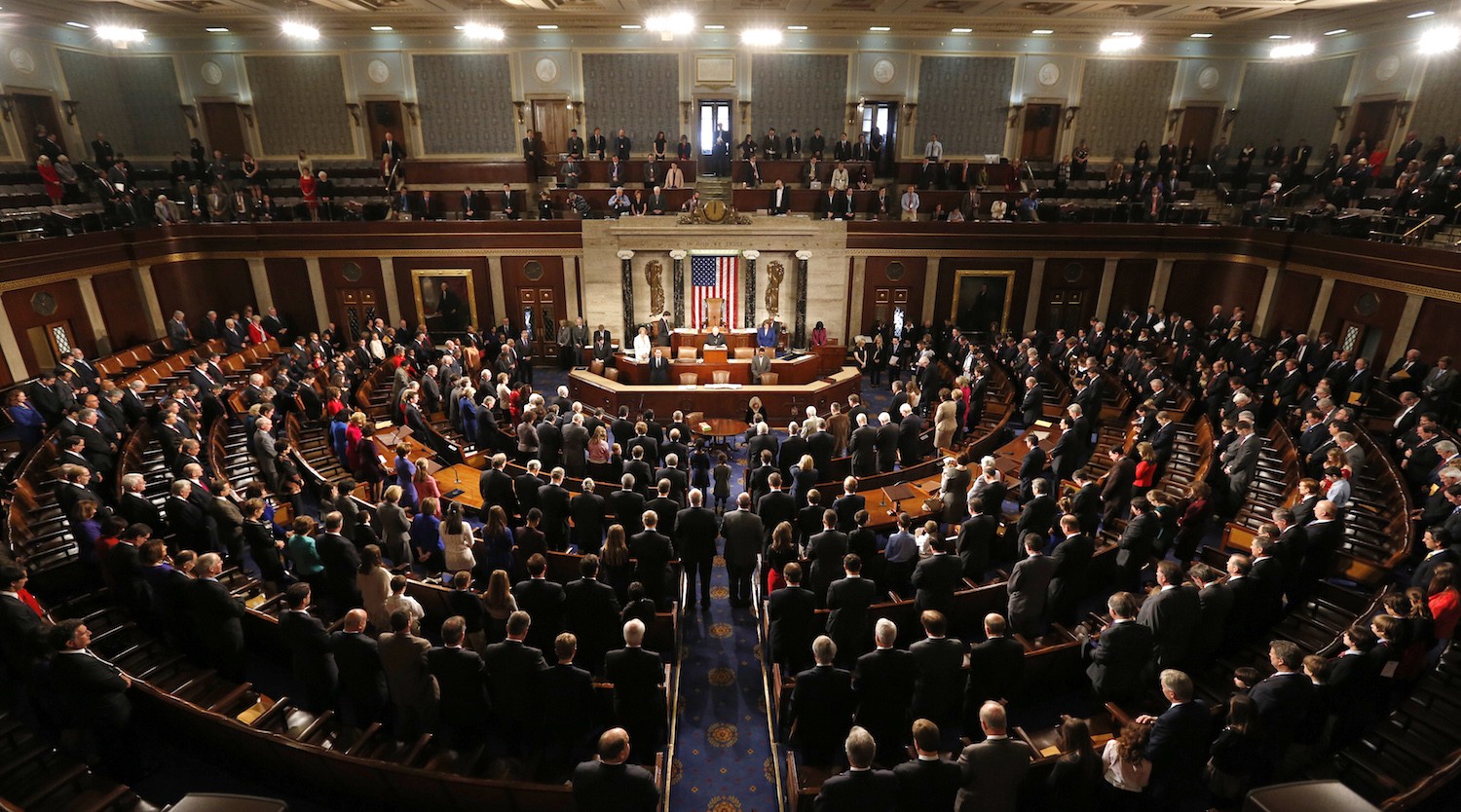
Delegated PoS is kind of like how we elect these guys to make the decisions for us
With Cardano, the system works slightly differently. Time is broken into what are called Epochs (each Epoch could be 20 minutes —a totally arbitrary number). Within each Epoch, or 20 minute block, there are slots. Slots are just the to-be-mined blocks. A random algorithm selects one token holder for each slot to act as a consensus node. They are known as a slot leader. The slot leader then confirms the block and yields to the next randomly elected slot leader. All the block rewards are collected in a pool and are distributed to the slot leaders at the end of the epoch.

Epochs act kind of like a shift schedule at your local Cold Stone Creamery. The schedule can be for any amount of time, just like with epochs — let’s say this schedule is a week. Each shift is known as a slot. Only one person can be working each shift (or slot), but we need to have a worker for every shift. Each worker is randomly selected. With Cardano, the more tokens (ADA) you have, the more likely you are to be elected — like lottery tickets: the more you have, the better your odds. Users will also be able to pool their ADA together and share in the block rewards. Once that worker (slot leader) works their shift, the next person takes over. Epochs define slot leaders for each slot. Then, when that epoch ends, a new epoch comes online and defines all the slot leaders for that schedule. And so it goes.
There is currently no staking on Cardano until the Shelley Update in Q2 of 2018. Much more information will become available then regarding exactly how the reward and staking system will work. As of now, the platform is entirely centralized as all the nodes are owned by Cardano. All network fees are collected and burned.
With Cardano, extensive thought has gone into how to scale the platform. Ouroboros enables many advanced scaling options. Slot leaders can manage blocks on multiple chains. And multiple Epochs can be run simultaneously. Both of these enable a blockchain that can support scaling solutions like sidechains — multiple chains that all interoperate — and sharding — breaking the larger blockchain into manageable “chunks.” It is important to note that none of this has been implemented yet. It is currently being researched and will be implemented when the network needs it, estimated to be towards the end of 2018.
Comparison to NEO and Ethereum: Ethereum still uses Proof of Work, which is a severe disadvantage. They are however transitioning over to a PoS system. NEO uses what is called dBFT. NEO’s system allows NEO token holders to elect consensus nodes who reach consensus on the next block, not unlike Cardano. The NEO team is in the process of relinquishing control over these consensus nodes. Ethereum is working towards sharding, sidechains, and other scaling solutions. NEO’s platform already has implemented more scaling solutions than Ethereum but is working towards sidechains and interoperability.
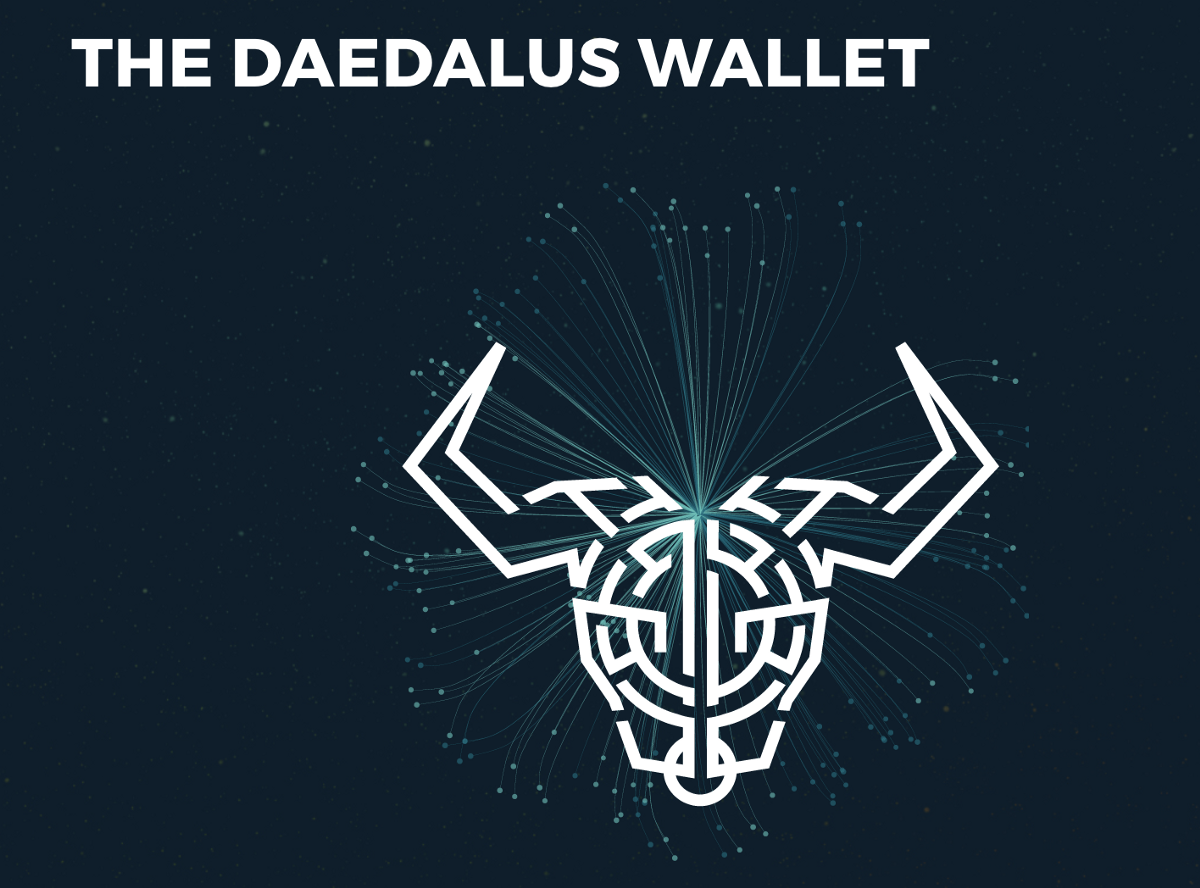
TLDR: Cardano uses a Proof of Stake system called Ouroboros. The network randomly elects a node to confirm the next block and the rewards are allocated to that node. The more tokens you have the more likely you are to be elected. Token holders can also “vote” for nodes by contributing their tokens to them and increasing the likelihood that they are elected.
Coding Language
Cardano is coded in a language called Haskell. A programmer could give you a much better sense of the full scope of this, but I understand that Haskell language is a more precise code that employs mathematical verification methods in order to limit human error and confirm the correctness of the code. Essentially, the code has a better process for verifying that it is being written correctly. This conceivably will help prevent bugs and errors, such as the one that opened the way for the DAO Hack of Ethereum or the Parity Wallet catastrophe.
Cardano does plan to incorporate multiple languages into its smart contract platform in the future.
Ethereum and NEO comparison: NEO allows coding in a variety of the most common coding languages, providing developers with more flexibility. Ethereum created their own language called Solidity which is optimized for Ethereum smart contracts.
TLDR: Cardano uses Haskell, a much more dynamic coding language.
The Wallet
Cardano’s dedicated wallet is called Daedalus. The wallet supports the network token: ADA. The wallet was developed by IOHK and is supported by an impressive team of nine developers. The wallet will be critical for when Ouroboros, the proof of stake protocol, is implemented. From the wallet, users will be able to “stake” their tokens and potentially be elected to confirm blocks. Or they will be able to vote for other token holders to increase their odds and share in the block rewards.
I find Cardano’s dedication towards their wallet encouraging. It demonstrates the team’s commitment towards all the elements of the platform.
Ethereum and NEO comparison: NEO has a community developed wallet, NEON, that allows NEO holders to claim GAS. Ethereum has a variety of supported wallets.
TLDR: Cardano developed their own wallet, Daedalus, which supports the token: ADA.
Governance
Governance models are crucial when evaluating the future prospects of a blockchain. Consider this quote by Fred Ehrsam from this brilliant article: https://medium.com/blockchain-for-grandma/https-medium-com-blockchain-for-grandma-gold-or-garbage-is-bitcoin-worthless-eli5-caab5767753a

“The most successful blockchains will be those that can best adapt to their environments. Assuming these systems need to evolve to survive, initial design is important, but over a long enough timeline, the mechanisms for change are most important. “
So what are Cardano’s mechanisms for change?
Cardano wants to implement blockchain based governance. That means that decisions regarding the future of the blockchain can be voted on by token holders and enacted into protocol. They envision a library of sorts where upgrades and modifications can be proposed and then voted on by ADA holders. A certain percentage of votes would need to be obtained for the protocol to be implemented.
In comparison, off-chain governance systems also do have some semblance of voting, except there isn’t a uniformed voting method between all the parties. Miners vote by dedicating their computing resources (or stake in the case of PoS) to whichever blockchain fork (version) they support. Users vote through use — which chain they decide to use. Exchanges also have a vote in the form of which token they decide to support. But all of this voting occurs after the fork. Thus, on-chain governance creates a system where everyone is voting in the same format, and voting happens before implementation. To understand forks better, read the explanation in this article.
As an example, look at all the Bitcoin forks. With the governance method today, forks commonly occur, but no one supports the new Bitcoin (not including Bitcoin Cash which has been widely successful) and the new token dies. With an on-chain governance system, changes can be put up to a vote; if enough people support the change, it is implemented. They don’t need to fork to gauge community interest.
However, there are both pros and cons to this system.
Pros: this system will likely help prevent hard forks. Creating a format for discussion and voting encourages smooth network updates without the headache of violent debates and contentious forks. It effectively democratizes the process and allows for equal voting rights according to token stake. This system also decentralizes the governance. Instead of just a handful of developers taking responsibility for proposals and updates, the whole community can participate.
Cons: on-chain voting also has drawbacks. Any implemented feature becomes much harder to remove should there be an issue. Governance set in code is unchangeable. We are also trusting the community to make knowledgable decisions regarding protocol changes. Systems must be in place to prevent activities like trolling. Even just plain apathy would be harmful to this system.
None of this governance system is currently in place; it’s all still being developed. The details of the protocol and how it will address the above concerns remain to be seen.
Comparison to Ethereum and NEO: Both Ethereum and NEO use off-chain governance models. With Ethereum, updates are proposed, reviewed, and then the network forks. Miners, users, and exchanges must decide which chain to use. Ethereum’s community typically agrees on updates and thus, it is generally a smooth process. However, look at Ethereum and Ethereum Classic for an example of times when a fork did not go smoothly. NEO is more centralized than Ethereum; thus, updates and protocol changes can be quickly implemented by the team. This is inline with NEO’s smart economy vision.
TLDR: Cardano wants to implement on-chain governance where token holders can vote on community proposed updates to the blockchain. These updates are then encoded into the blockchain.
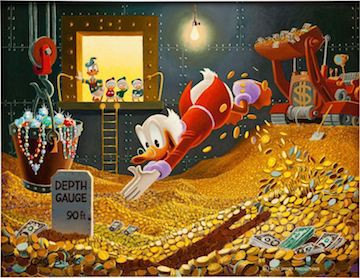
Treasury
A portion of every block reward (25%) is placed into a treasury. This treasury is decentralized and can only be accessed through the voting mechanism described above. Imagine that the Cardano community wants to run a development competition. The details are proposed to the community and ADA holders vote and approve the competition. With the treasury, the community can then vote on how to fund the competition. With a consensus vote, funds from the treasury can support projects and upgrades to the network. Perhaps researchers would one day like to receive grants to study elements of Cardano and propose improvements. The treasury system could enable this.
All this helps solve the issue of how should blockchains fund themselves after their supporting companies are gone? What will Ethereum do when Vitalik leaves and the Ethereum Foundation is dissolved? What will become of NEO when the NEO Council is no more? While these platforms will continue to be self sufficient, they won’t necessarily have a way of funding new ecosystem developments. This is Cardano’s solution.
Again, recognize that this model has not yet been implemented.
Comparison to Ethereum and NEO: NEO and Ethereum do not have on-chain funding mechanisms.
TLDR: Cardano will have a treasury system, funded through 25% of block rewards. ADA token holders can vote on how to spend that money.
Team
As previously mentioned, the Cardano project is supported by three organizations. However, I think IOHK is the most relevant entity to the project, as they are conducting the actual development. Charles Hoskinson and Jeremy Wood head IOHK. Charles first co-founded Invictus Innovations which established Bitshares. He then moved to Ethereum as the enacting CEO. He has been the CEO of IOHK for almost three years.
Jeremy also worked for Ethereum as the Executive Assistant. He has been the CSO of IOHK for nearly three years as well.
Beyond these two, Cardano features small, interdisciplinary teams of academics and developers that work on individual projects. The development to-do list is tracked and new tasks are constantly given to teams as they finish projects. Teams work in two week intervals, releasing small, incremental updates to the main projects. Cardano focuses on time based releases instead of feature based releases. By not releasing huge updates, they avoid the issue of needing to coordinate the release of all the new features.
I’m impressed with the transparency and the professionalism of the team. Progress updates are constantly provided and I appreciate how the system utilizes a network of developers to work quickly and efficiently.
Ethereum and NEO Comparison: All three projects feature powerful teams headed by intelligent thought leaders. It’s hard to not give the advantage to Ethereum and Vitalik Buterin, the Michael Jordan of blockchain thinkers.
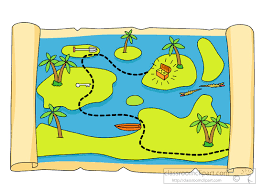
Roadmap and Current Progress
Cardano’s only working protocol right now is their SL Mainnet. This was launched on September 29th. SL is the Settlement Layer enabling ADA. Essentially, this means that Cardano is only a cryptocurrency; it will need to release other features to realize its promise of being a platform.
Q2 of 2018 will be the next big release for Cardano. This release, titled Shelley, will enable many new features. These include:
The release of their proof of stake protocol — Ouroboros.
Added incentives for running full nodes
A wallet upgrade. This upgrade will include advanced security, multi-signatures (multiple passwords for the wallet), quantum resistant addresses, and checkpoints — a process for speeding up the sync time for the blockchain.
The release of their on-chain voting system.
After this, releases will include their smart contract platform, treasury system, and advanced scaling methods.
Cardano is designing its protocol with regulation and compliance in mind. They want to create an ecosystem that supports digital identity and can work with enterprises and governments within an existing economy. Much of their future developments will focus on this principal.
TLDR: So far, Cardano has only released their Settlement Layer and thus, can only act as a cryptocurrency. Future developments are in store for smart contracts and other platform innovations.
Additional Relevant Information:
1 Cardano is modeling Ouroboros and other protocol features with Psi Calculus, a formal modeling language that is machine understandable. This allows them to test their protocols before they are actually implemented.
2 As stated in the roadmap section, Cardano plans to implement quantum safe signatures, making their blockchain theoretically safe from quantum computers. NEO has this feature implemented while Ethereum does not.
3 Cardano’s thought process regarding every decision has been documented on their website. I have never seen such transparency from a project before.
4 Cardano’s token sale was audited. You can read the report here.
5 The network has a booming social media following. Three associated twitter pages have 72k combined followers and their Reddit has 24k followers.
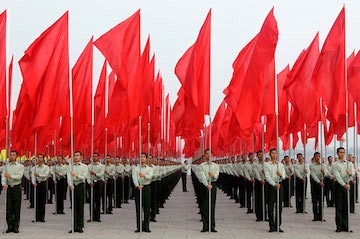
Red Flags and Concerns
As with any project, it’s critical that we are aware of all aspects of the project; the good and the bad.
- Still In Development
Cardano is still far from production ready. With the release of its SL mainnet, and native token, ADA, it is further along than some other 3rd generation blockchains such as EOS. However, we are likely still over 6 months away from just the implementation of their PoS protocol. There isn’t even a release date for their smart contract platform — their CL and virtual machine. Until then, no dApps can be developed and no ICOs conducted. Ethereum already supports over 800 dApps. NEO is rapidly supporting more applications. While it’s true that Cardano improves significantly on many aspects of Ethereum, Ethereum does have plans to implement scaling solutions that would close that gap. Even if Cardano is fully operational within a year, a year in the blockchain industry is an eternity in the normal world. It’s possible that after a year, Ethereum will have such a chokehold on the dApp market and will be making significant progress towards its scaling solutions, that there is no place for Cardano. Right now, Cardano is a cryptocurrency; but Cardano’s current $10.5 billion valuation is based on far more than it being a simple cryptocurrency.
- Governance and Treasury
Cardano relies on a complicated governance system. The features of the system must be carefully crafted to align incentives and ensure that bad actors and trolls can’t manipulate the system and wreak havoc. What if a group of proactive users is able to gain enough power and utilize the treasury for their own gain? While I do expect that the Cardano team will approach these questions carefully and methodically, it is still a factor to consider.
Conclusion
The takeaway from this article should be such: Cardano is a 3rd generation platform that is building methodically, with peer reviewed technology, in order to address many of the scaling, privacy, and technological issues of today’s 2nd generation blockchains, like Ethereum. Cardano has an advanced proof of stake protocol, a unique governance and treasury system, and a layered foundation that enables Cardano to act as both a cryptocurrency and a blockchain platform. It has a strong support network, a robust development team, and large community interest. The breadth of its roadmap is phenomenal and I am confident that Cardano can deliver on its promises.
Even with all these benefits, it’s difficult to effectively value Cardano and other 3rd generation platforms. Undoubtably, Cardano is doing a lot right. However, network effects play a significant role in platform valuations. Network effects refer to how the value of technology frequently depends upon how many people will use it. Thus, for Cardano to be successful, it must have users. Cardano is at least a year away from having a platform that can support users — outside of just sending and receiving ADA. Compare this to Ethereum and NEO, both of which have had large success in their respective markets. Ethereum controls the dApp development market today while NEO is making strides in being the platform in the East and enabling a smart economy. I don’t see Cardano replacing either of these platforms; it won’t replace NEO because their objectives and intended markets are different, and it won’t replace Ethereum because I think Ethereum will succeed with many of its scaling solutions, closing the technological gap between it and Cardano.
Regardless, I do think that the blockchain ecosystem can support more than one platform. Cardano’s many strengths assure me that it is well situated to provide a strong alternative to Ethereum, perhaps as a platform with more flexibility and more security. For now, all we can do is wait; wait to see if Cardano stays true to its roadmap; wait to see if industries and enterprises take notice; wait and see if Cardano can be a powerhouse amongst blockchain platforms.
You can buy ADA from Binance if you’re interested: https://www.binance.com/?ref=16368285 (Referral Link)
Disclaimer: This is not paid content; I have received no compensation for this article. I am invested into both Ethereum and NEO. I am not invested in Cardano. This is not investment advice, merely my opinion on the platforms. Do your own research.
— Donations and support are greatly appreciated —
BTC: 16jbCxLCs9goPNHu2m4Ypo1NS6Fvyh8AHC